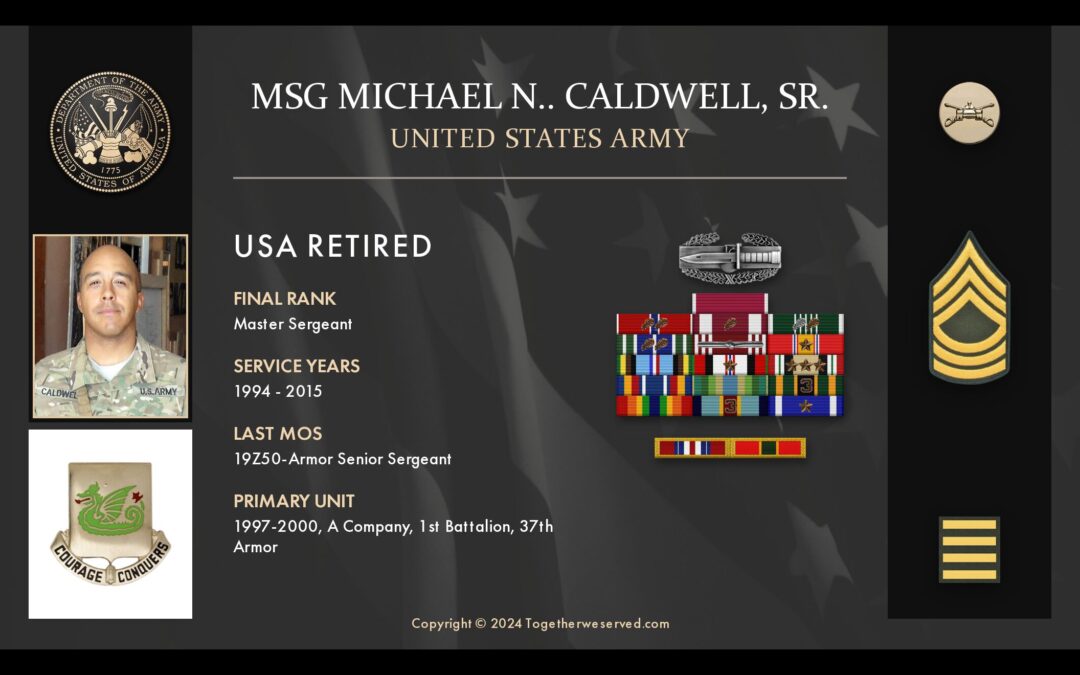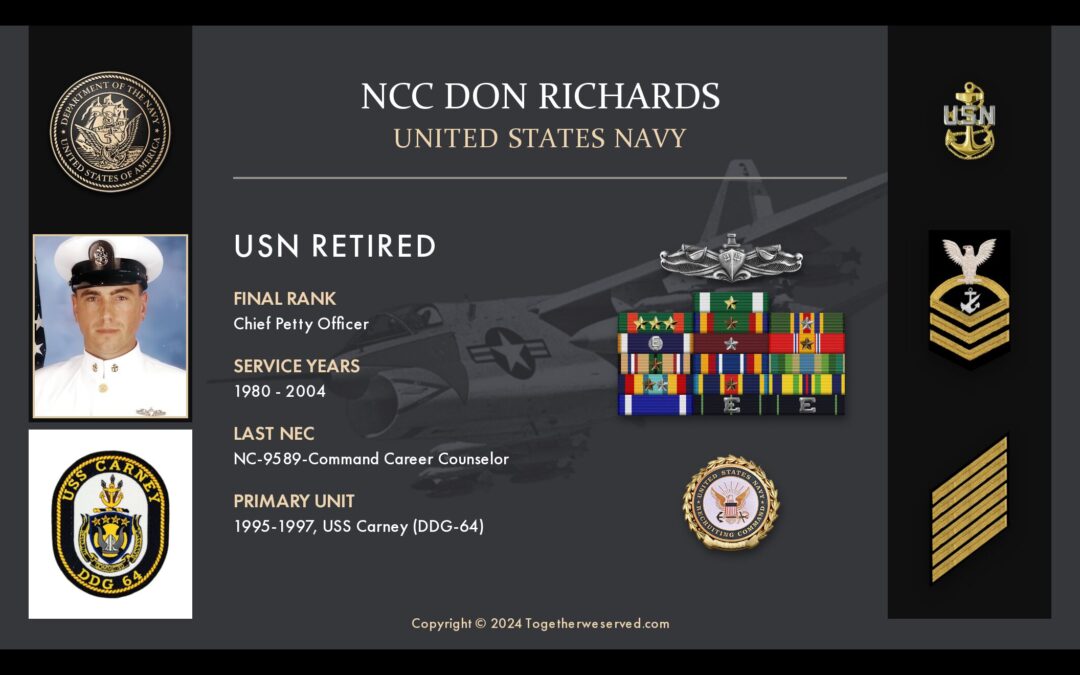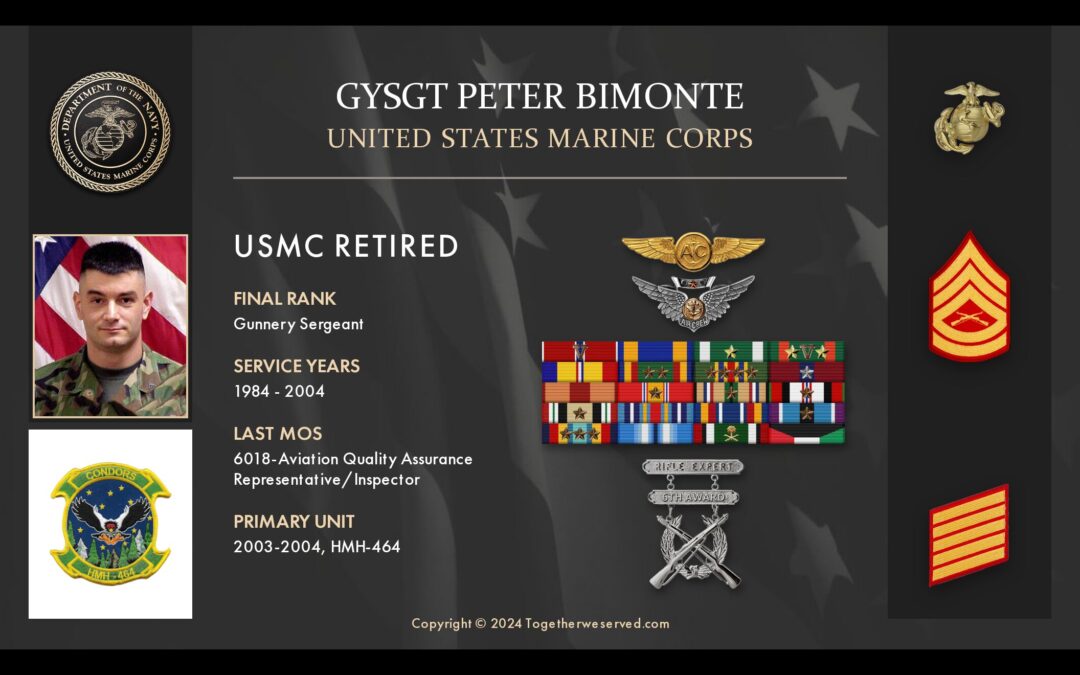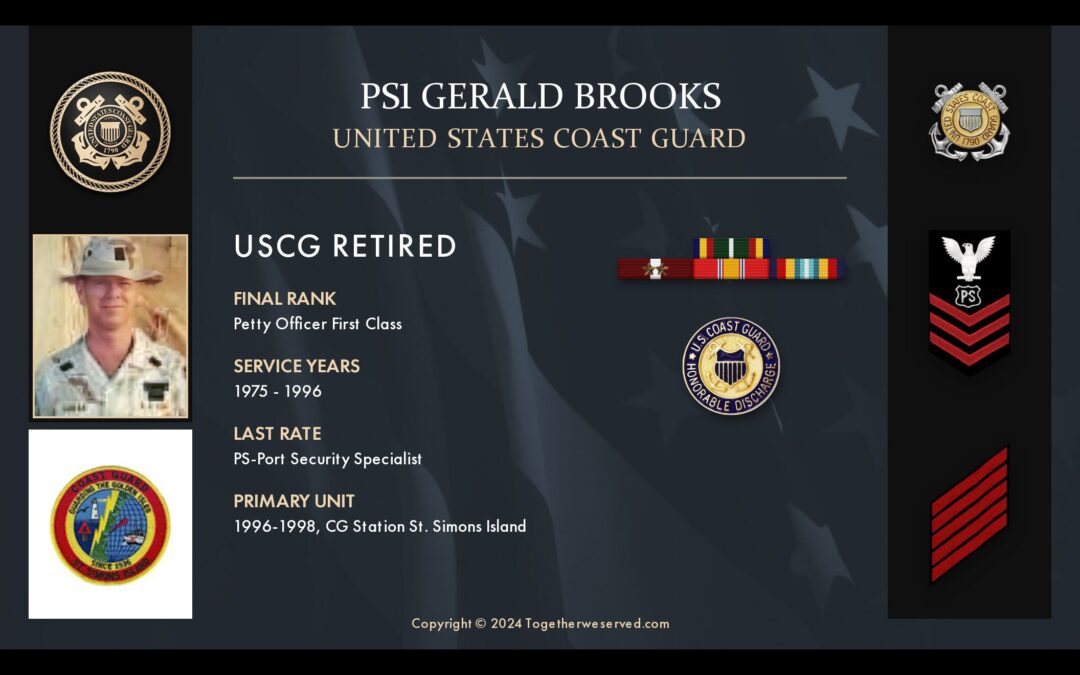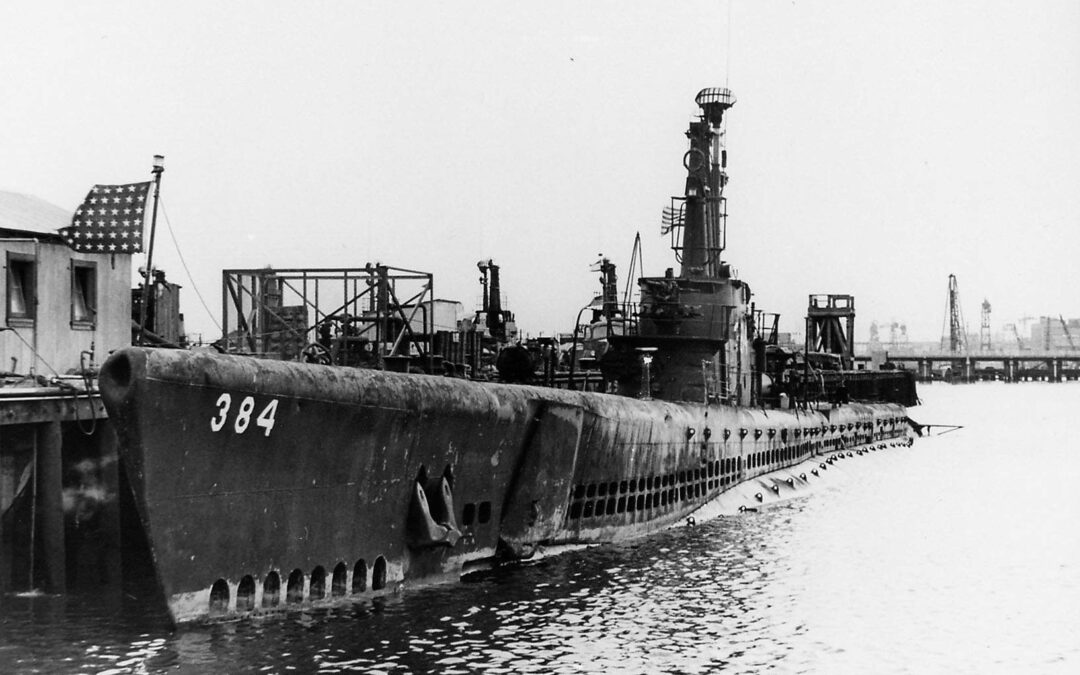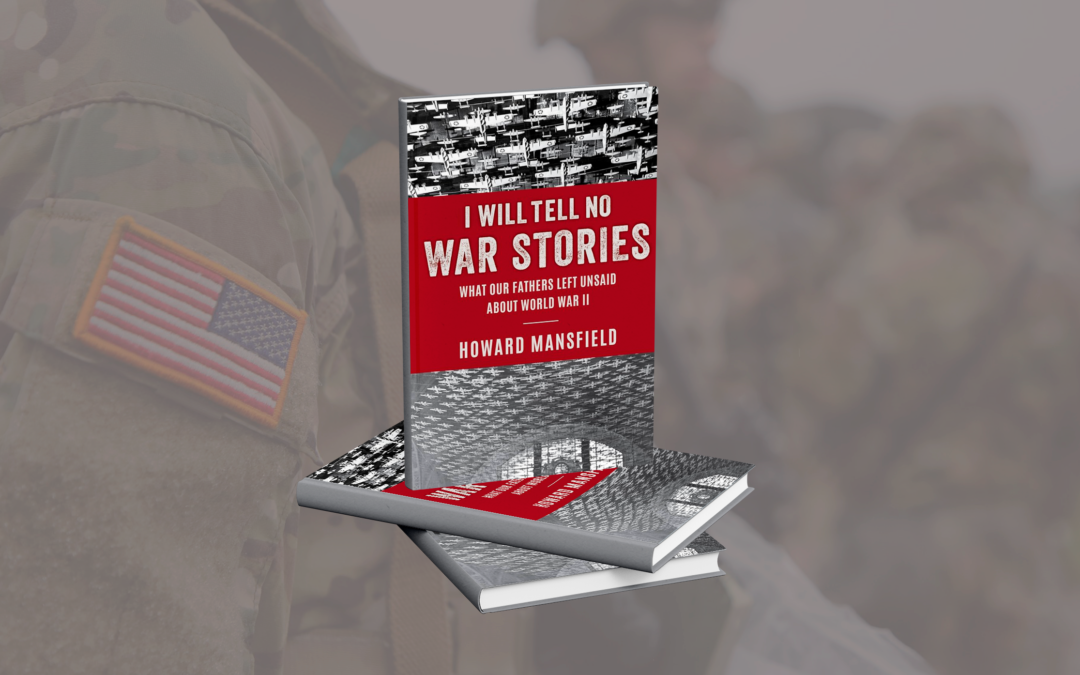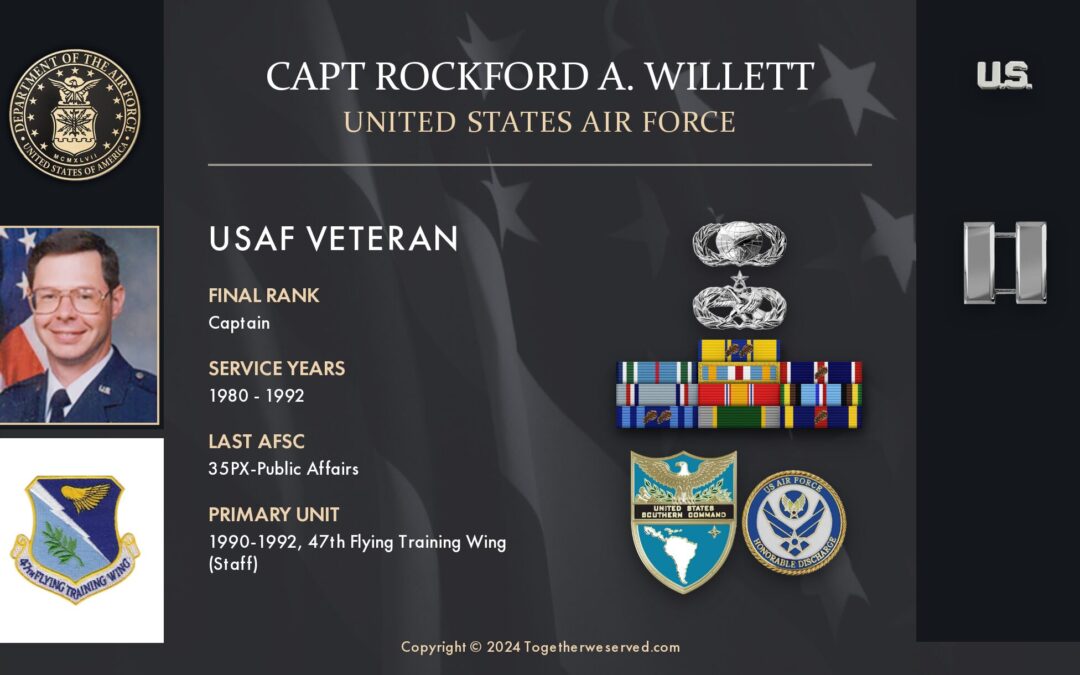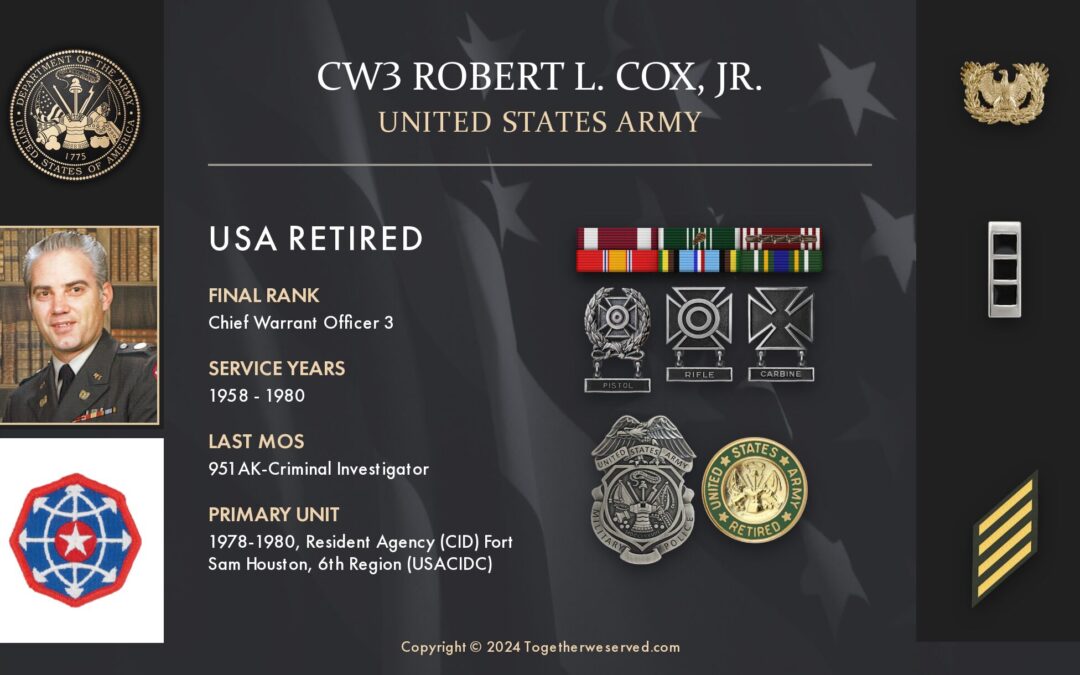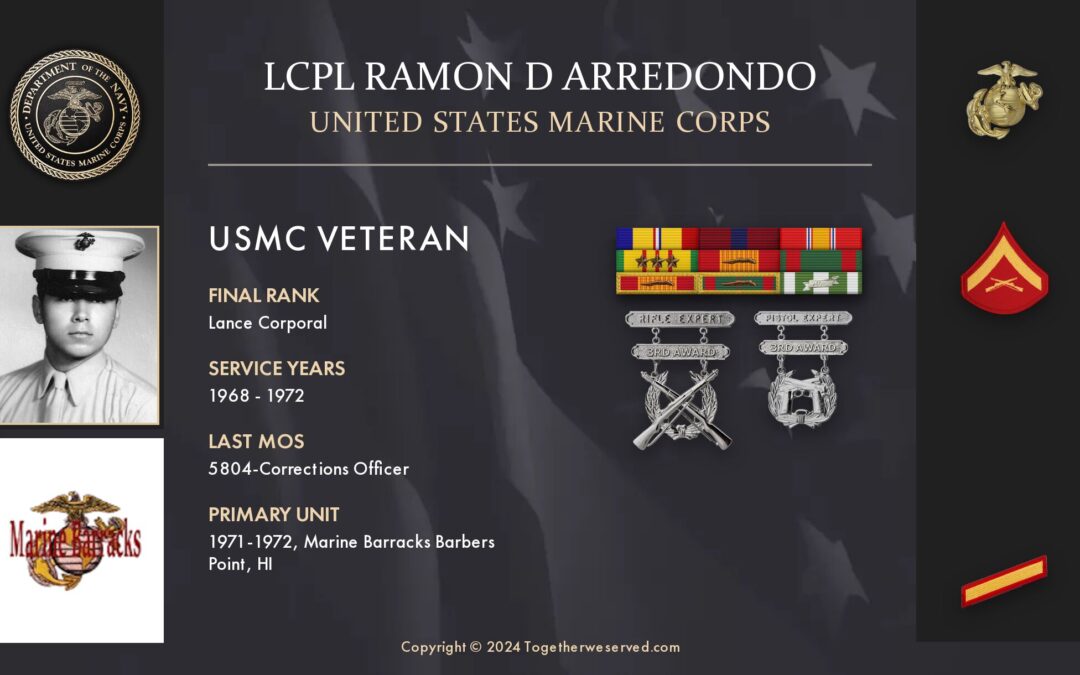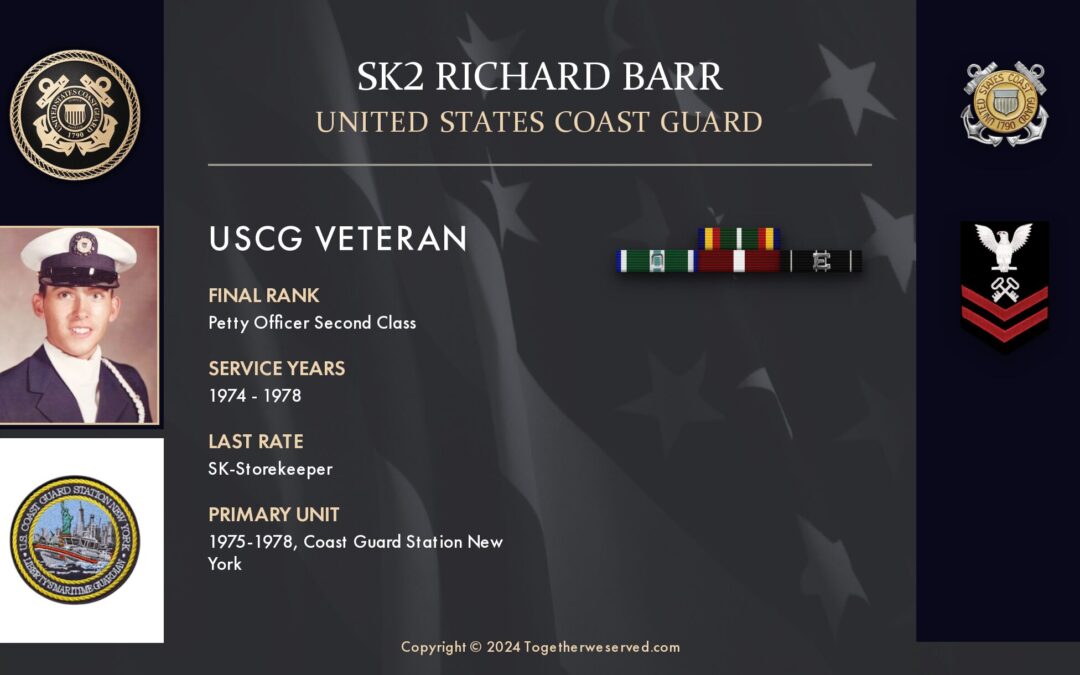After graduating from Charles D. Owen High School while living in Black Mountain, NC, 1968, my family moved to Danville, VA. I attended Danville Community College for a year and a half, but my heart wasn’t into more school at the time. I was a better draft avoider than a student. Quitting school several times, my 2S (student) deferment was changed to 1A (ready for immediate induction) and I was called for a physical.
I was unsure what I wanted to do, and how to start my adult life. Going to college was a long-term path. Working low-paying jobs that didn’t require experience was not satisfying. Without a commitment to school, I faced being drafted.
My older brother, Sgt Frank J. Zeman III, had completed five years of Air Force service and elected discharge in June 1970. My twin brother, SMSgt Ronald F. Zeman, USAF Ret., and I were in the first group for the new (December 1969) draft lottery and our draft number was 161. Without a deferment, I would have been drafted with numbers 195 and below were called.

